From June 11 to 13, 2025, the third partner meeting of the Interreg CENTRAL EUROPE project INACO took place in Dubrovnik. The event was hosted by the Institute for the Restoration of Dubrovnik, which, together with ten other organizations from eight Central European countries, forms the project consortium. The focus of the meeting was the Croatian pilot region along the Ombla River, where historic summer villas exemplify the growing impact of climate change on cultural heritage sites. The partners used the opportunity to reflect on the project’s progress, further develop risk assessment tools, and define concrete measures to strengthen the resilience of endangered sites.
Following an informal city tour and a joint dinner on the day of arrival, the first official day of the meeting focused on substantive discussions. The first work package – aimed at developing a transnational strategy for integrating endangered sites into climate adaptation planning – was successfully completed. In addition, progress on the development of INACO tools for vulnerability assessment and risk mapping was presented, evaluated, and discussed among project partners.
The final work package, which involves the development of an Online Course (Massive Open Online Course - MOOC), was also officially launched. This course is designed to train future risk managers who will be specifically equipped to address the challenges facing endangered cultural and natural heritage sites. The meeting also included detailed discussions on external project communication and project management.
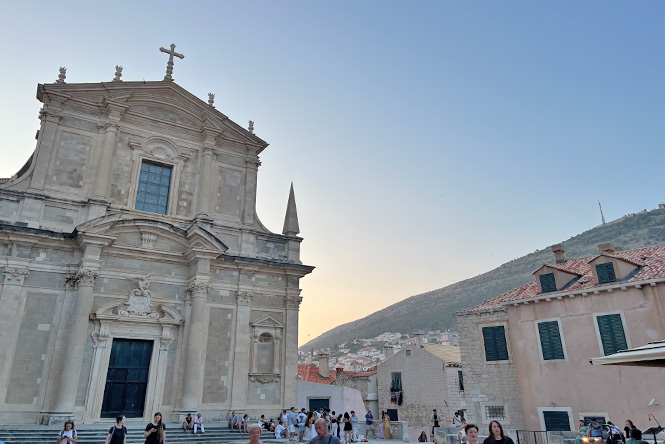
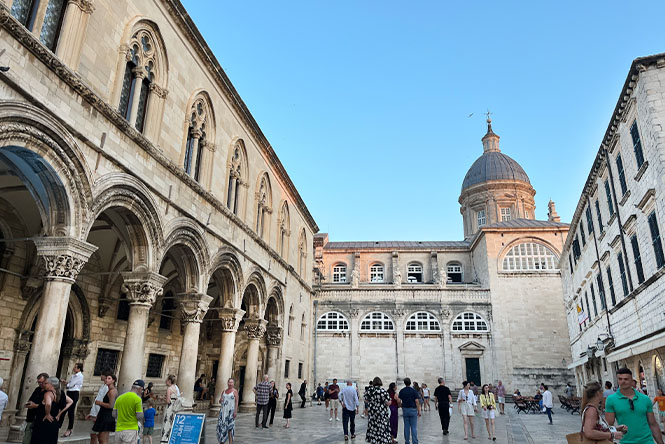
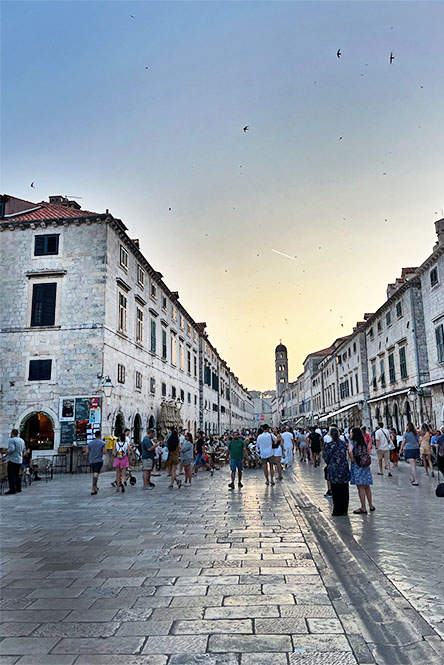
On the second day of the meeting, participants visited the Croatian pilot region along the Ombla River.
At just four kilometers long, the Ombla is one of the shortest rivers in Europe and flows into the Adriatic Sea a few kilometers north of Dubrovnik's historic old town. A distinctive feature of this cultural landscape is the series of historic summer villas, dating back to the 15th century, which once served as retreats for wealthy citizens. These villas are characterized by a central reception hall, four adjoining rooms, a private chapel, and a boathouse. Many of the villas were abandoned or partially dismantled over time. Today, the remaining structures are at significant risk due to neglect and the increasing occurrence of extreme weather events, though efforts are underway to gradually restore them and make them accessible for public use.
However, the preservation of these buildings is seriously threatened by climate impacts such as storms, heavy rainfall, and hillside runoff. Infrastructure challenges add to the difficulty: the only road running through the valley separates the villas from the river, and in many places, there are no sidewalks – factors that complicate investment and public access.
On the final day of the meeting, participants were able to visit selected villas and gain insight into the ongoing restoration efforts. Observations from the site visit will be incorporated into the development of a vulnerability assessment tool – one of several practical instruments being developed by the INACO project.
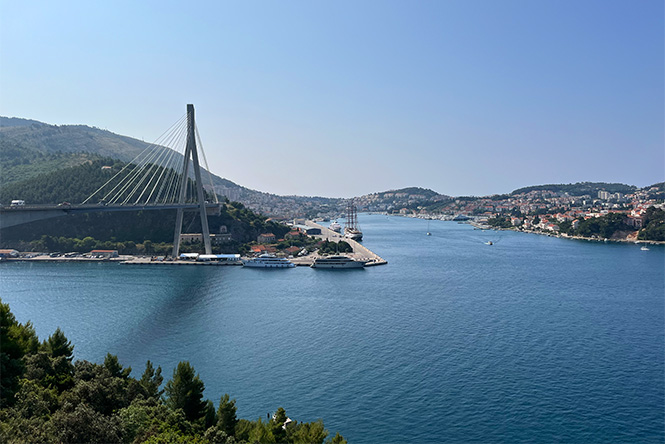
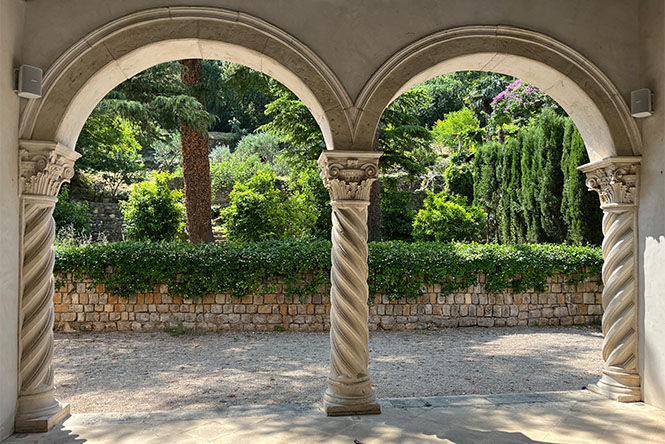
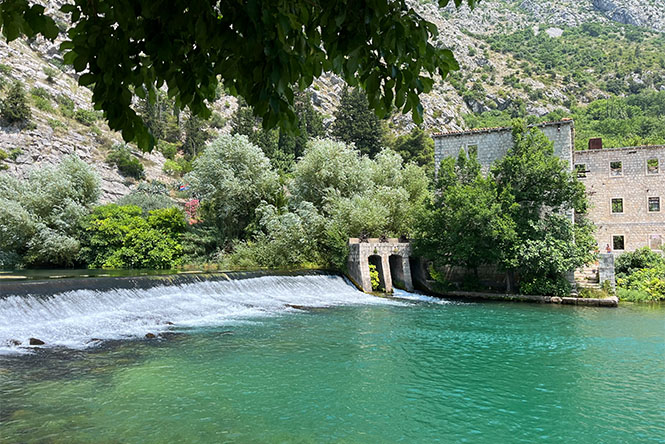
Climate change poses new threats to Central Europe's cultural and natural heritage: from floods and heatwaves to droughts and wildfires.
INACO addresses these challenges through the development of innovative WebGIS solutions, self-assessment tools, and the training of specialized professionals in selected pilot regions – all with the goal of sustainably strengthening the resilience of these valuable sites.
Tags

